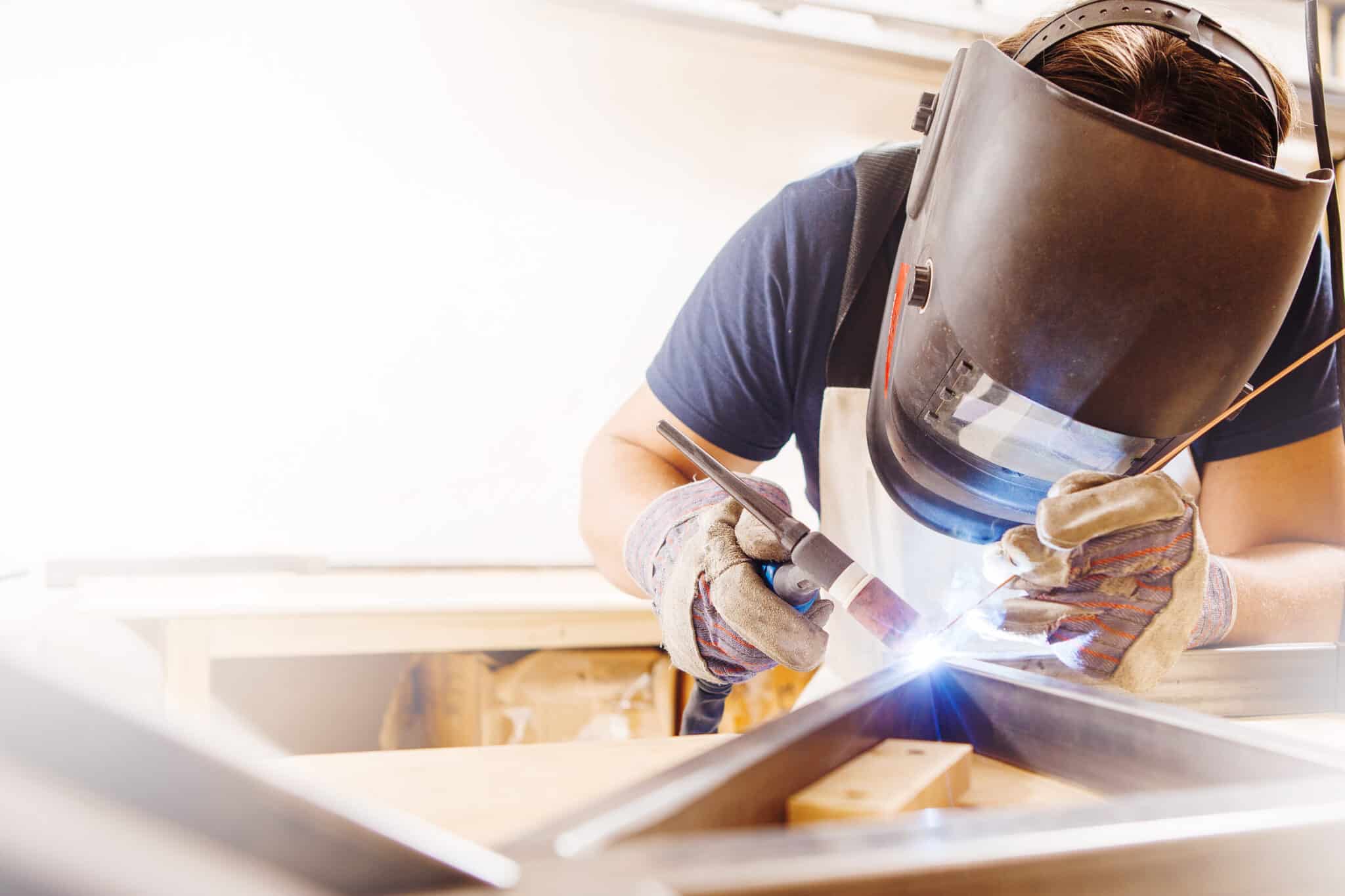
Welders are in high demand across a variety of industries, including construction, manufacturing, and even art. If you enjoy hands-on work that challenges your mind and rewards precision or want to be part of projects that have a lasting impact, becoming a welder could be the perfect career path for you. This post will guide you through the steps of pursuing a career in welding and highlight some of the benefits and opportunities that come with it.
Welders work with metals, using intense heat to melt and fuse them together. This process requires a deep understanding of different types of metal and how they behave under various conditions. Skilled welders are in high demand for constructing and repairing buildings, bridges, ships, pipelines, vehicles, and other structures. In fact, welders are in such high demand the American Welding Society (AWS) projects a shortage of over 360,000 skilled welding professionals by 2027.
Welders use specialized knowledge and tools to join and cut metal parts, shaping the foundation of structures and products we rely on daily. While there are many types of welding processes, here are some common tasks a welder may be responsible for:
The specific tasks a welder is responsible for will depend on the type of welding they specialize in and their industry. Some welders may also have additional responsibilities, such as operating heavy machinery or supervising other welders.
A career in welding requires a unique combination of benefits and draws. Here is what makes welding appealing and how it differs from other jobs.
A welding career can offer a level of personal fulfillment that is hard to find in other professions. The combination of artistic expression, tangible results, and continuous learning provides a sense of purpose and satisfaction that can be deeply rewarding.
If you are interested in pursuing a career in welding, here are some steps to help you get started:
There isn’t only one path to becoming a welder. Some welders enter the trade through a university program, while others attend trade school and acquire certificates before starting their careers. Regardless of which path you choose; the welding industry offers many opportunities for growth and advancement.
The future looks bright for welders, as the demand for skilled workers is expected to grow in the coming years. With advancements in technology and increased construction projects, there will continue to be a need for qualified welders. Additionally, with an aging workforce, there will be many job openings as experienced welders retire.
With many industries turning to artificial intelligence and automation, there may be concerns about job security for welders. However, welding is a highly skilled trade that requires human precision and attention to detail, making it less likely to be replaced fully by machines.
The manufacturing industry is expected to be the largest employer of welders. The United States Bureau of Labor Statistics states that 300,000 welders are employed in the manufacturing industry alone. Other industries, such as construction, transportation, and oil and gas, also heavily rely on skilled welders.
Overall, a career in welding is sure to provide a stable and fulfilling future for those interested in pursuing it. The accessibility of education and training programs, coupled with the high demand for skilled welders, make it an attractive option for a wide range of individuals.
Ultimately, becoming a welder requires dedication and hard work, but with the right guidance and resources, it can be a rewarding and fulfilling career. Whether you’re drawn to the industry for its high demand, the potential for innovation, or the impact of your work, welding offers endless opportunities for personal and professional growth. For those ready to take the first step towards a welding career, H&K Fabrication can help. Our high-quality pipe fitting tools are designed specifically for welders, making it easier to get the job done with precision and efficiency. Browse our catalog today or contact us with any questions.
© 2023 H&K Fabrication. All rights reserved. E-Commerce Website Design & E-Commerce PPC by Ranksey